The next Sunday, we went again to the coast, as Tom had read on the forecast that it will rain everywhere except the seaside. We headed to Land Wursten, the land of Wurten, or dwelling mounds, on which once lived the inhabitants of this marshland. Tom had found what looked like a beach on the satellite view of Google Maps, and we were keen to see what it was.
We drove into the delightful village of Padingbüttel, next to where would be the beach, but couldn’t find a way to the sea. The dyke was plainly in sight, but no roads led to it. We did find a large stone memorialising Eibe Siade Johan, the Elector of Hanover’s head Deichgraf – a term for which there is no English equivalent but which means he was in charge of the construction and maintenance of the dyke and the management of the marshes behind it. He is remembered for his services during the 1717 Christmas Flood, a few years before his death.
Following the portentous black lighthouse on the horizon, we drove toward Dorum Neufeld. At the car park, we found another memorial, this time dedicated to all the builders of dykes who had ensured the safety of the land through a list of catastrophes: the Grote Mandrenke of 1362; the All-Saints Flood of 1570; the Christmas Flood of 1717; the Johannisflut of 1825 (presumably the February Flood), the flood of 1962, and the strong storm tides of 1976.
The harbour was a pleasant place to stop and eat shrimps and battered fish. We also drank a beer, which was overpriced – not surprisingly, this being a tourist destination. Next to the harbour stood a kind of tide gauge showing the water levels and the height of the the dyke during the storms of the 1960s and 70s, and the current dyke’s dimensions. At the top, the inscription read: “No dyke * No land * No life.”
We tried from here to reach our beach by foot, walking away from the crowds along the dyke heading south. Apart from the whirr of the wind farm to one side, the field and marsh here were far more peaceful than the busy harbour, with cows grazing among us and a wide array of sea birds visible by the water’s edge.
We reached as far as we could go, before our path was blocked by an electric fence. In front of this, we could see that our beach was in fact a construction site. When we were home, I found on a local news website that the dyke was being strengthened and raised by 50cm. The works had been ongoing for some time, so it made sense that this is what we must have seen on the satellite photograph.
We returned to the car and drove south toward Wremen. We stopped en route, as we found ourselves beside the dyke and took a walk along the revetments as the tide started to recede. Fascinated by the stone groynes, we walked out above the sea. The most northern of these was extremely long, and Tom was far braver with how far he’d go out than I would. Despite a mild feeling of vertigo, I was able to take a closer look at the groynes and see how earlier, what seemed to be, wooden structures had been reinforced by concrete and rock.
Back on the shore, I began to think about England and how much better protected the German coastline seemed to be. Despite centuries of battling against the tide. the Germans still confidently try to hold their coastline, whereas the English seem nowadays to favour an approach of “managed retreat”.
These thoughts were soon superseded by an interest in the litter that had washed up on the shore, most of which had made its way here from the Nordic countries.
Back on the road, we passed another memorial stone. A sign next to it told of the lost villages of Rintzel and Remintzel, both of which had disappeared, although it is not sure when – the possibilities being the Saint Marcellus Flood of 1219, the Grote Mandrenke of 1362, or most probably the Burchardi Flood of 1634.
We passed through Wremen, with its medieval church and old farm buildings and stopped at the more modern seaside resort. There was little here of any interest to us, apart from the views over the port of Bremerhaven.

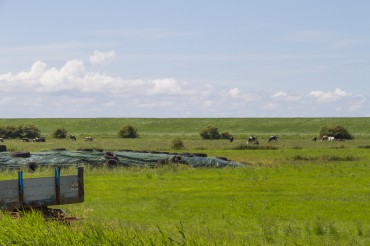

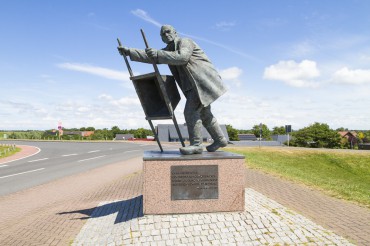
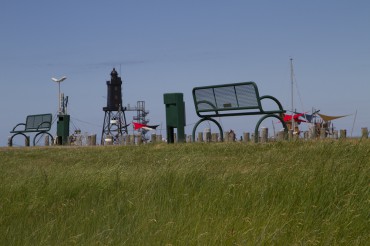
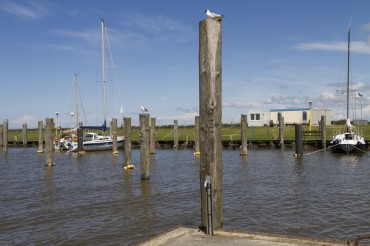

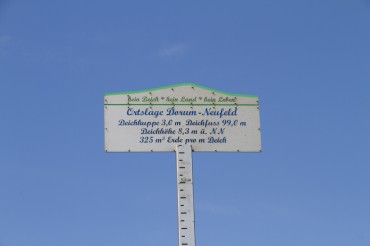

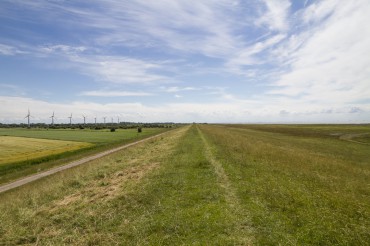
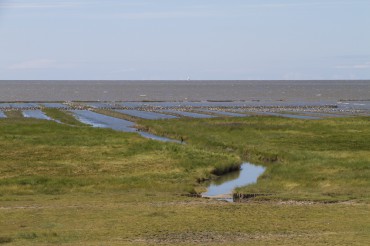

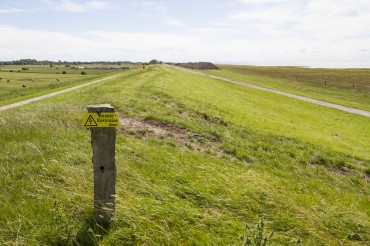

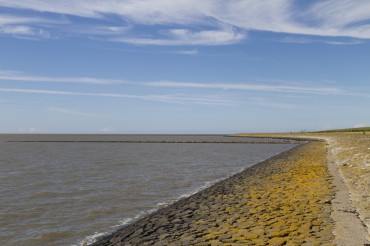
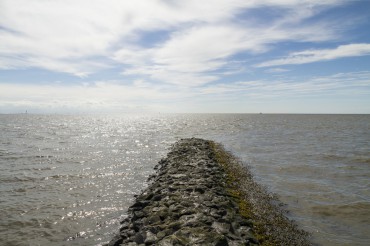
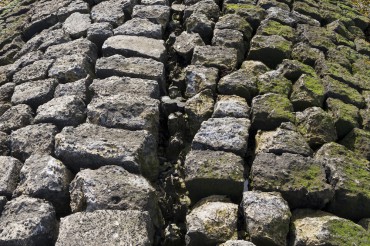
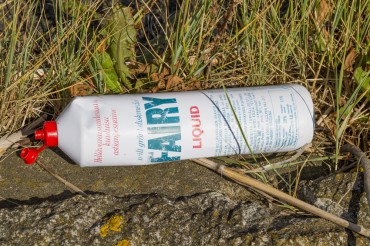
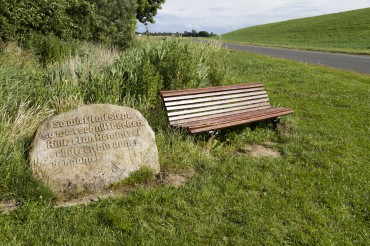
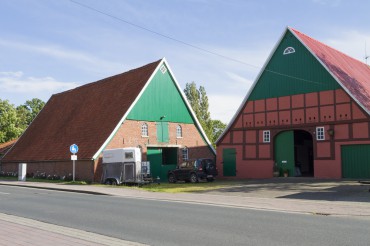
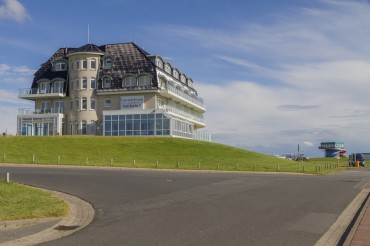
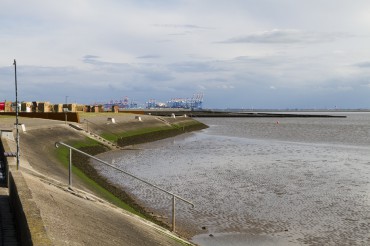
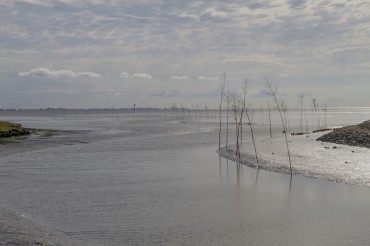
My ancestors, the Ahrens family, the von Lehe family, and other affiliated families whose names I’ve yet to find came from this area. The town of Spieka, which is very close to where you were, is mentioned in many family Lutheran parish records. To be able to see your photos and read about your exploration of the area is priceless. Thank you.
My von Oehsen, Adickes, Martens, Doescher and Thoms ancestors were from Spieka and neighboring villages. Thanks for tour and photos.